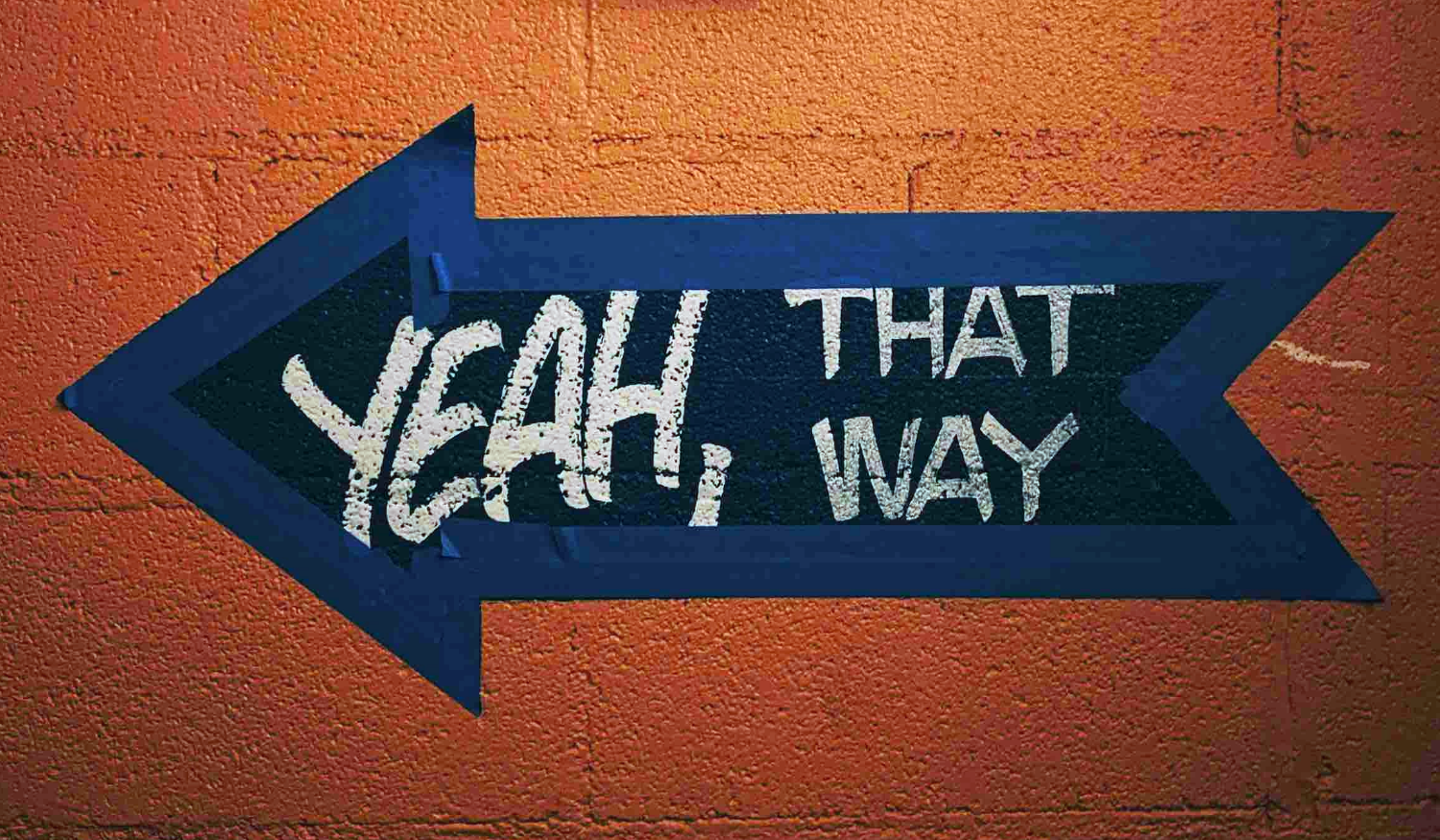5 Creative Portfolio Tips to Help You Stand Out
Recently, I was invited back to participate in the creative portfolio review at the annual Adobe Creative Jam. The focus of the portfolios varied...
4 min read
 Carol Montoto
:
6/11/24 11:15 AM
Carol Montoto
:
6/11/24 11:15 AM

I recently mentored a graphic design student on her project for AIGA Orlando's Spot Showcase mentorship program. I found myself providing guidance that may come as second nature to someone in Advertising for over a decade, but could be quite eye-opening and helpful to someone just getting started in the industry.
Here are some of the most helpful things to keep in mind when starting a new project, whether you're a student or a seasoned advertising pro.

In a good creative brief, questions like the ones below are clearly answered. However, you don't always get your dream brief when it comes to quick turnarounds, or due to the nature of an assignment.
It's extremely important for creatives to know the important questions to ask before starting to concept, if they want their project to be both beautiful and successful.
What is the goal of this project or campaign?
Who is your audience?
What is the specific action you want the viewer to take? (this will determine your CTAs)
How can you make it easier or more enticing for them to take that action?
WHAT are you making? (this list of deliverables will either be predetermined OR this might be up to you to decide)
Once you have this information, you're ready to dive in.

As you get further into your career, you'll find you have a few go-to websites for quick initial inspiration, such as Dribbble, Really Good Emails, Site Inspire, Awwwards and Logo Lounge. A lot of creatives can get lost in this thrilling, dreamy phase (myself included). I recommend you indulge yourself for a bit, then bring it back to more concrete examples you'll need to research.
In addition to general look and feel ideas, you'll want to consider a few more things when looking for inspiration:
Look at your client's competitors (and make sure you're standing out).
Know the current design trends as well as the trends for your client's industry. Then decide if you want to embrace those trends or steer away from them, for example if a trend feels off-brand for your client. This will of course depend on your audience and goals.
Research individual design elements such as color palette, fonts, treatment of shapes, etc. in order to develop a unique, cohesive and intentional visual language.
Once you feel like you're at a good place with inspiration, narrow down your key inspiration pieces to a few select go-to items that you can reference (but not copy or duplicate) as you work on your project. Any more than that might get confusing for you and make your work feel disjointed.

As a creative, it's important to be aware of why you're making certain choices. Are you choosing a font because it's in your top 5 go-to fonts, or because it conveys the right tone for your copywriter's genius writing? (It's amazing the effect selecting a different font can have on the same words.)
Another good example is design elements. Let's say you want to go with circles. Should those circles be perfect geometric circles? Or do you want them to look more natural, a bit imperfect and hand-drawn? Avoid going with the default just because it's easier, faster or good enough, and make intentional design choices.
![]()
You want to be mindful of where your effort is going. For example, maybe hand drawing the shapes you want to use is extremely integral to your look and feel, but you also need to create icons for a webpage.
Rather than hand-illustrating those icons, you can look on stock sites like Vecteezy or Creative Market to find the elements you need. Just make sure to customize anything you download and make it fit your campaign, don't just download a template or icon set and call it a day.

It's very satisfying to explore a lot of different creative directions. But ultimately, you HAVE to make some cuts for the sake of your assignment. Make those cuts early on before you start creating all the pieces, or you may end up with a disjointed campaign.
Whatever you do, do NOT try to merge all your directions together. When you begin to combine directions, your concepts can become jumbled, vague and confusing for your target audience, not to mention difficult to pitch to a client.
Keep your distinct directions in their lanes, particularly if you will be presenting multiple directions. Work on simplifying and focusing, keeping your message pointed. Repetition of design elements and messaging is what will create traction for your campaign.

It is extremely helpful to see your pieces as they would be viewed out in the world. When possible, mock up your comps in environment.
This can be as simple as:
Seeing things in environment helps immensely with selecting appropriate font sizes and weights, colors, scale, legibility, call-to-action, etc. Make it as "real" as you can, and view it through the eyes of the consumer.

Your work likely isn't going to sell itself, and no one else is going to sell in your work as well as you will. You know your story the best, and it's your job to make sure it is conveyed as concisely and clearly as possible.
I often like to take breaks from design work and switch gears to setting up the client presentation with placeholder slides and initial write-ups. This helps both me and the broader team think through the story I will be walking the client through, the presentation order, and see how the pieces we're creating will fit together to show the consumer's journey.
Starting work on the presentation early on is also helpful for the creative team to know what slides need to be filled, and works as a checklist when we're getting close to our deadline. This process reveals any gaps that will need to be filled to sell in the project and make it a success.
These are tips I’ve learned over many years working as a creative alongside agency team members including Strategists, Project Managers and Account Managers. Hopefully, these suggestions will help you stand out as not just a great creative, but as a thoughtful and experienced advertising professional and a valuable team member. And of course, accomplish the ultimate goal: selling great work!
Sign up for our monthly newsletter to receive updates.
.jpg)
Recently, I was invited back to participate in the creative portfolio review at the annual Adobe Creative Jam. The focus of the portfolios varied...

As leaves start their annual fashion show and the air turns crisp like a perfectly baked apple crumble, businesses have a once-in-a-year chance to...

Have you ever been part of a rebranding project and had a board member or senior leader say, "That's not who we are."